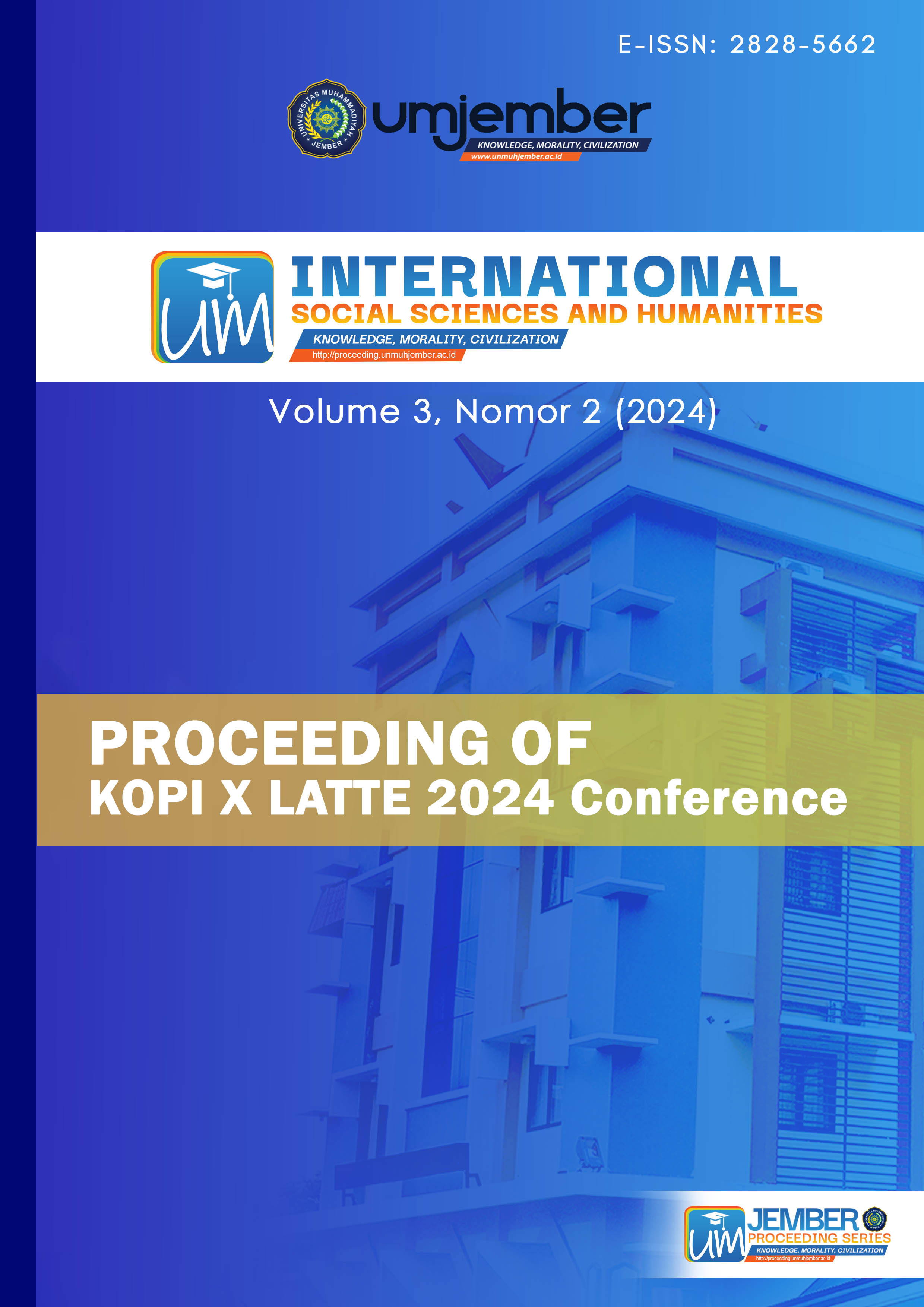Increase Students Reading Comprehension Through Retelling Technique : Using Storybird
DOI:
https://doi.org/10.32528/issh.v3i2.609Keywords:
reading comprehension, retelling technique, Storybird, Narrative textAbstract
This qualitative study investigates the efficacy of using Storybird, an online platform for creating and sharing visual stories, to enhance students' reading comprehension through retelling techniques. Through in-depth interviews, observations, and student reflections, the study explores the impact of integrating Storybird into the curriculum. Findings reveal that students exhibit increased engagement and motivation when utilizing Storybird for retelling activities. The platform's interactive and visually stimulating features are reported to enhance students' understanding of textual content and foster deeper connections to the material. Additionally, students express positive attitudes towards using Storybird as a tool for literacy instruction, highlighting its potential to promote active learning and creativity in the classroom. The study underscores the significance of digital storytelling platforms like Storybird in enriching literacy education and offers insights into their practical implications for enhancing reading comprehension skills among students.
Downloads
References
Ayu, M. (2020). Online learning : Leading e-learning at higher education. The Journal of English Literacy Education : The teaching and learning of English Education as a foreign language, 47-54.
Caldwell J. and Leslie, L. (2009). Intervention strategies to follow informal reading inventory assessment : So, What do I do now?. Boston : Pearson.
Gonen, I. K. (2015). The Relationship between FL reading strategies and FL Reading Proficiency : A Study on Turkish EFL Learners. Educational Research and Reviews, 2924-2936.
Jill M Olthouse, M. T. (2012). Teaching talented writers with Web 2.0 tools. Teaching Exceptional Children.
Lee, L. (2014). Digital news stories: building language learners’ content knowledge and speaking skills. . Foreign Language Annals.
Simamora, M. W. (2020). What is your Favorite Movie? : a Strategy of English Education Students to Improve English Vocabulary. Journal of English Language Teaching and Learning, 44-49.
Siti Maziha Mustapha, N. S. (2010). Perceptions towards clasroom participation : A case study of Malaysian undergraduate students. Procedia-Social and Behavioral Sciences 7.
Siti Maziha Mustapha, N. S. (n.d.). Perceptions towards clasroom participation : A Case study of malaysian undergraduate students. Procedia-Social and behavioral Sciences 7.
Snow, C. (2002). Comprehention : The act of both extracting and constructing meaning through engagement with written language. In Understanding Reading Comprehension : Cognition,Language, and the Structure of Prose, edited by Rand J. Spiro, Bruce K. Bertram and W. Michael.
Takacs, Z. K. (2015). Benefits and pitfalls of multimedia and interactive features in technologyenhanced storybooks: A meta-analysis. Review of educational research, 698-739.
Utami, A. R. (2021). The use of video for Distancce learning During Covid-19 Pandemic : Student's voice. JET (Journal of English Teaching), 153-161.
Harrison, C., & Nuttall, L. (2018). Re-reading in stylistics. Language and Literature, 27(3), 176-195.
Stoller, F. L., Anderson, N. J., Grabe, W., & Komiyama, R. (2013). Instructional Enhancements to Improve Students' Reading Abilities.
Woolley, G., & Woolley, G. (2011). Word Level and Discourse Processing of Text. Reading Comprehension: Assisting Children with Learning Difficulties, 63-80.
Horowitz-Kraus, T., Wang, Y., Plante, E., & Holland, S. K. (2014). Involvement of the right hemisphere in reading comprehension: a DTI study. Brain research, 1582, 34-44.
Downloads
Published
Issue
Section
License

This work is licensed under a Creative Commons Attribution-NonCommercial 4.0 International License.


